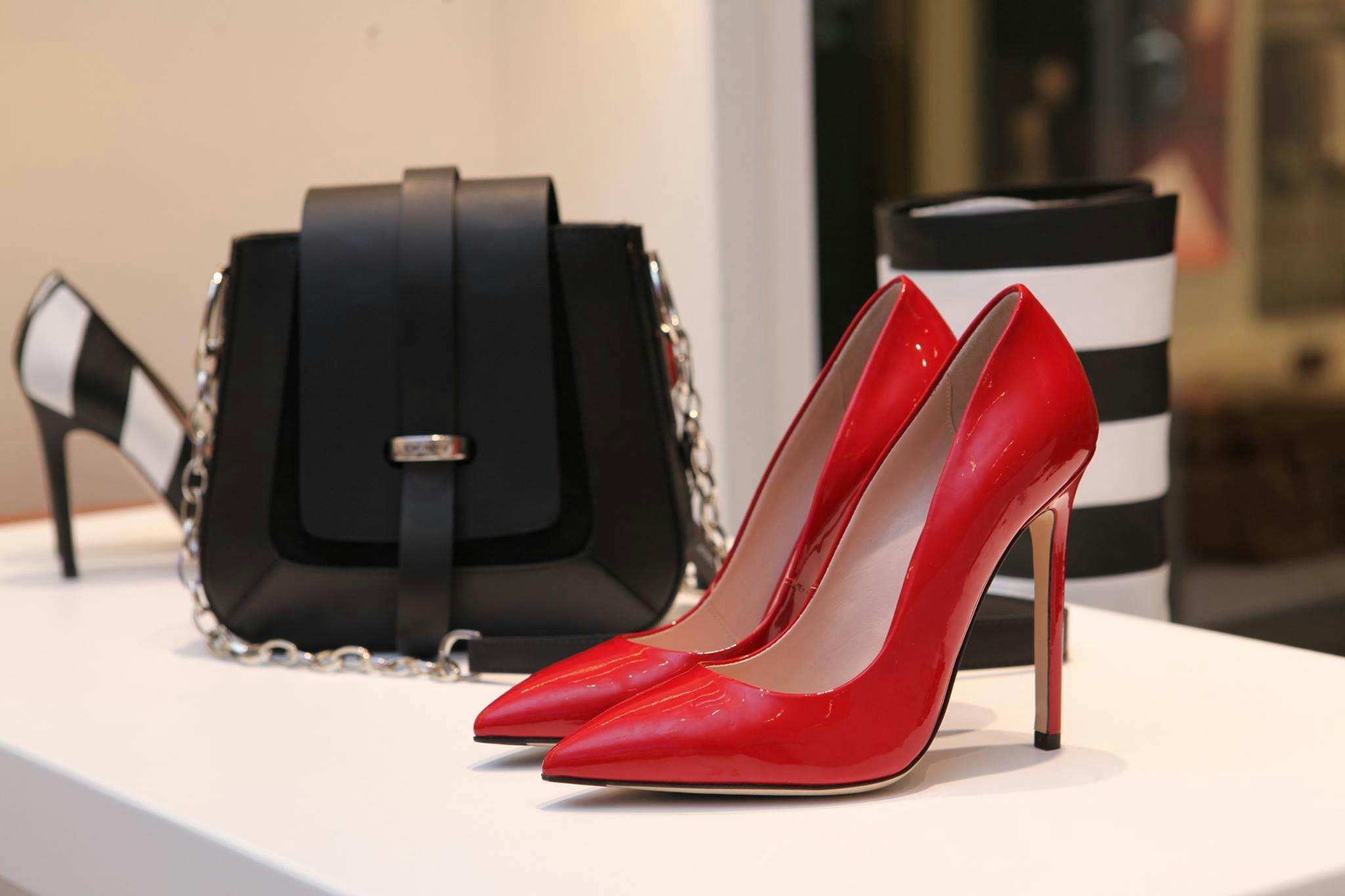Slow Fashion Movement: Embracing Quality over Quantity
Fast fashion emerged as a trend in the early 2000s, transforming the fashion industry with its rapid production and constant turnover of new styles. Brands began to prioritize quick turnaround times, allowing them to bring the latest runway trends to consumers at affordable prices. This shift in approach revolutionized the way people consumed fashion, encouraging them to buy more frequently and in larger quantities.
Driven by the demand for instant gratification and low-cost clothing, fast fashion brands like Zara, H&M, and Forever 21 became household names. With the rise of online shopping and social media, these brands thrived by constantly churning out new collections that mirrored high-end designs. The convenience of fast fashion appealed to consumers who sought to keep up with the latest trends without breaking the bank, leading to the industry’s exponential growth and widespread popularity.
The Environmental Impact of Fast Fashion
Fast fashion has undeniably left a significant environmental footprint, largely due to its high-speed production cycles and disposable nature. The relentless demand for new styles at low prices has led to an increase in greenhouse gas emissions, water pollution, and textile waste. The constant pressure to keep up with rapidly changing trends has resulted in a throwaway culture where clothes are quickly discarded, ending up in landfills and further contributing to environmental degradation.
The Benefits of Slow Fashion
With the rise of fast fashion, the fashion industry has seen a shift towards mass production and quick turnover of clothing designs. However, the benefits of slow fashion cannot be overlooked. Slow fashion promotes a more sustainable approach to clothing production by focusing on quality over quantity. By investing in timeless pieces made from high-quality materials, consumers can create a more sustainable wardrobe that lasts longer and reduces the need for constant purchases.
Additionally, slow fashion values transparency and ethical practices in the production process. By choosing slow fashion brands that prioritize fair wages, safe working conditions, and environmentally friendly practices, consumers can support a more ethical and responsible fashion industry. This shift towards sustainability and ethical production not only benefits the environment and workers but also encourages a more mindful consumption pattern among consumers.
• Slow fashion promotes a more sustainable approach to clothing production
• Focuses on quality over quantity
• Investing in timeless pieces made from high-quality materials
• Creates a more sustainable wardrobe that lasts longer
• Values transparency and ethical practices in the production process
• Supports fair wages, safe working conditions, and environmentally friendly practices
• Encourages a more ethical and responsible fashion industry
• Benefits the environment, workers, and encourages mindful consumption patterns
What is fast fashion?
Fast fashion refers to the quick production of inexpensive clothing that is based on current high fashion trends.
What is slow fashion?
Slow fashion is the opposite of fast fashion, focusing on quality, sustainability, and ethical production practices.
How does fast fashion impact the environment?
Fast fashion contributes to environmental degradation through the excessive use of natural resources, chemicals, and waste production.
What are the benefits of slow fashion?
Slow fashion promotes sustainable practices, supports fair labor conditions, and encourages consumers to buy fewer but higher quality pieces that last longer.
How can I support slow fashion?
You can support slow fashion by buying from ethical and sustainable brands, investing in timeless pieces, and practicing mindful consumption.







